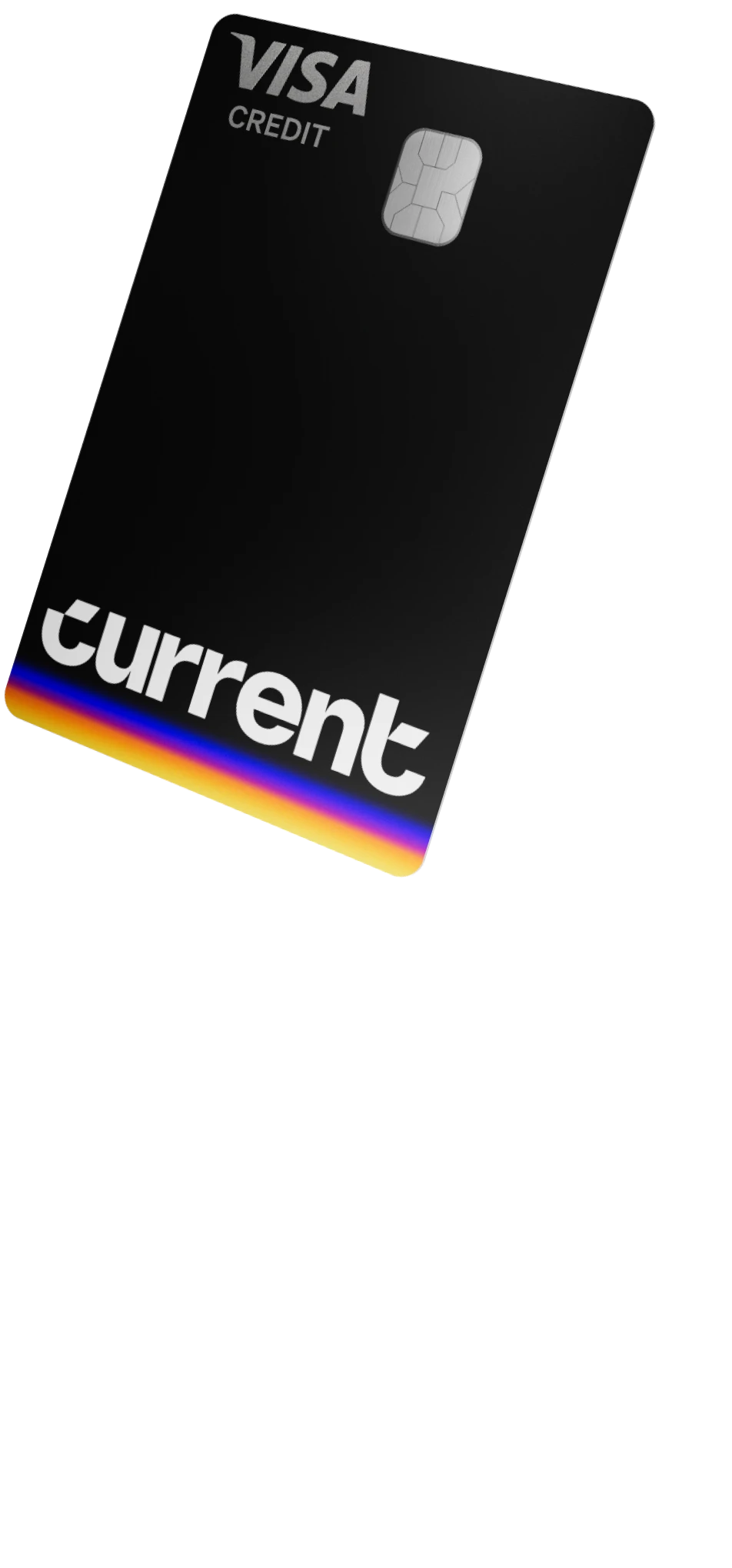The Avalanche Method vs. the Snowball Method: How to pay off debt

Being saddled with debt can be stressful, especially if you're balancing that struggle with saving for long-term goals like growing your family or retirement. But if you do have debt, you’re certainly not alone: The total household debt in the U.S. hit 18.39 trillion in the second quarter of 2025, according to data from the Federal Reserve Bank of New York.
And not all debt is created equal. Some, like mortgages, can be a key part of a healthy financial plan. However high-interest debts — such as what you can wrack up on credit card balances, payday loans and some personal loans — can be harmful. That’s because a portion of your monthly income will have to go towards paying the interest on the money you’ve borrowed. That’s cash that can’t go towards savings and investing for your future.
So if you have high-interest debt, it’s especially important to prioritize paying it off, and there are tried-and-true strategies that can help you chip away at what you owe. Two of the most popular are the snowball method and the avalanche method.
Read on for deep dives on these two strategies, and how to pay off debt.
What is the avalanche method?
The avalanche method involves paying off your debts according to their interest rates, irrespective of balance. Start by listing all your debts from the highest interest rate to the lowest.
Continue to make minimum payments on all your debts, but if you have extra funds, use them to pay off the debt with the highest interest rate first, says Anjali Jariwala, a financial advisor and founder of FIT Advisors. Once that is paid, move to the debt with the next highest interest rate.
“The benefit of the avalanche method is that you will save the most money on interest over time,” Jariwala says. “This method pays off the total debt faster.”
It may take longer to pay off the first debt and that could lead to discouragement, so this method requires more discipline, she adds.
What is the snowball method?
Instead of focusing on the debts with the highest interest rates first, the snowball method entails paying off the debts with the lowest balances first. Like with the avalanche method, you’ll want to make sure that you are making at least the minimum payment amount to not inadvertently worsen your credit score.
But after those minimum payments are covered, take the extra funds and apply it to the smallest balance first. After that first debt is paid off, you move on to the debt with the next smallest balance. Picture it like a snowball: The ball continues to grow larger as you move through the debt, Jariwala says.
“The snowball method is great for those who may be discouraged by their debt and could use a psychological win,” she adds. “The method is also easy to follow and helps build momentum to keep you motivated to continue paying off debt.”
Should you choose the avalanche or snowball method?
So which strategy makes the most sense for you? As you may expect, it will vary from person to the next.
“The answer depends on your personal ‘money story,’” says Catherine Valega, founder of Green Bee Advisory. “Everyone has their unique behavioral finance approach to money.”
She says that some people like to check things off as soon as possible — regardless of whether that loan has the highest rate. They need to feel at least some sort of accomplishment to continue to make progress. Others are happy to be patient when it comes to checking things off their list, and rather whittle away at the highest rate loan.
Jariwala says both work well, and that the decision depends on your personality and which strategy will help you stick to your plan for longer.
“Do you need more motivation and something simple to follow? Then stick with snowball,” she says. “If you are disciplined and want to pay off the total debt the fastest while minimizing the overall interest, then go with the avalanche method.”
What to keep in mind while you pay off your debt
Paying off high-interest debt is likely near the top of your list of financial priorities. But before you start throwing money at your loans, it’s important to have an emergency fund in place that could cover your expenses for three to six months should the unexpected (like job loss, or a surprise medical bill) happen. Having that foundation will allow you to work on paying off your debt with peace of mind. Make sure you’re keeping your emergency fund in an account that earns interest. With Current’s spending accounts, you can move money to Savings Pods, where you can designate funds for specific purposes and you can earn up to a 4.00% boost.
Also, don’t forget to periodically check your credit reports and credit score to ensure things are being reflected accurately, Jariwala says. If your debt has impacted your credit profile and you need to build it back, you may want to consider a secured charge card such as Current’s Build Card, which allows you to build credit history as you bank with your everyday transactions*, and reports your monthly on-time payments to the three major credit bureaus (Equifax, Experian and TransUnion). Members have an average credit score increase of 81 points after six months of using the Build Card.**
*Individual results may vary. Using your credit card responsibly may allow you to improve your credit score. Credit building depends on various factors, including your payment history, credit utilization, length of credit history, and other financial activities.
**Based on Build Card users, as of December 2024, who opted in to Credit Score Insights and have remained active for at least six months. Scores are calculated based on the TransUnion® VantageScore® 3.0 model, which is one of many credit scoring models and may not be the same model your lender uses. Credit scores depend on various factors, including your payment history, delinquencies, credit utilization, length of credit history, types of credit, total number of accounts, inquiries, and other financial activities. Individual results may vary, and a credit score increase is not guaranteed.





